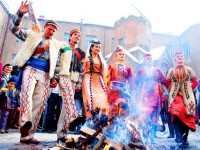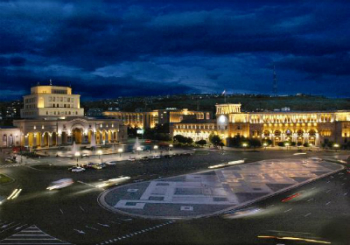
Name: Republic of Armenia
The capital city: Yerevan.
The Flag: The law “On the State Flag of the Republic of Armenia” was adopted on August 24, 1990, by the Supreme Soviet of the Republic of Armenia. The State Flag is a rectangular panel with three equal horizontal stripes of red, blue and orange (from top to bottom).
Major Cities: Gyumri, Vanadzor
Administrative Division: Eleven marzes (provinces)
Currency Unit: Armenian Dram (AMD), introduced in 1993.
Neighboring Countries: Georgia (in the North), Azerbaijan (in the East), Iran (in the South), Nakhijevan /Azerbaijan/ (in the South-West), Turkey (in the West).
Territory: 29.74 thousand square kilometers
Average Altitude Above Sea Level: 1,800 meters
Highest Mountain Peak: Aragats (4,090 meters)
Natural Resources: Armenia is rich in copper, iron, bauxite, molybdenum, gold, silver, lead and zinc. Substantial deposits of pumice, marble, tuff, perlite, limestone, basalt and salt also exist. Precious and semi-precious stones are abundant.
Population: 3 million
Ethnic Breakdown: Armenians - 97%
Minorities: Russians, Yezidis, Kurds, Assyrians, Greeks, Ukrainians, Jews and others.
Official Language: Armenian
Religion: Christian, Armenian Apostolic Church
About Armenia
Armenia is one of the ancient countries and is sometimes called museum under the open sky. Here you can find not only ancient monuments and places of interest but also a rich culture, traditional cuisine and a wonderful nature, besides you will have a chance to meet with the Armenian people- one of the most hospitable nations in the world.
The Republic of Armenia is located in the north-eastern part of the Armenian Highland. It is an independent country with a population of more than 3 million people. It is bordered by Georgia, Turkey, Azerbaijan and Iran. Armenians are one of the oldest civilizations on the world. According to Bible, Noah’s ark rested on the top of Mount Ararat, which is a saint mountain for Armenians.
Armenians have their own alphabet and the official language is Armenian. Armenia was the first country to adopt Christianity as its official religion in 301 AD.
The capital of the Republic of Armenia is Yerevan, and it’s one of the oldest cities in the world, it was founded in 782 BC and originally was called Erebuni.
Armenia is an ancient but at the same time modern and historical country with great history, rich culture, traditional cuisine, warm hospitality and wonderful nature.
The Armenian Genocide —also known as the Armenian Holocaust, the Armenian Massacres refers to the deliberate and systematic destruction of the Armenian population of the Ottoman Empire during and just after World War I. It was implemented through massacres and deportations; with the deportations consisting of forced marches under conditions designed to lead to the death of the deportees. The total number of victims of Armenian genocide is 1.5 million. Other ethnic groups were similarly attacked by the Ottoman Empire during this period, including Assyrians and Greeks, and some scholars consider those events to be part of the same policy of extermination.
It is widely acknowledged to have been one of the first modern genocides, as scholars point to the systematic, organized manner in which the killings were carried out to eliminate the Armenians, and it is the second most-studied case of genocide after the Holocaust. The word genocide was coined in order to describe these events.
The starting date of the genocide is conventionally held to be April 24, 1915, the day that Ottoman authorities arrested some 250 Armenian intellectuals and community leaders in Constantinople. Thereafter, the Ottoman military uprooted Armenians from their homes and forced them to march for hundreds of miles, depriving them of food and water, to the desert of what is now Syria. Massacres were indiscriminate of age or gender, with rape and other sexual abuse commonplace.
Historic capitals of Armenia
|
City |
Year |
||
|
Tushpa |
825-6th century BC |
||
|
Armavir |
V century BC and 331-160 BC |
||
|
Yervandashat |
4th century BC |
||
|
Artashat |
160-77 BC, 60 BC-120 AD |
||
|
Tigranakert |
77-69 BC |
||
|
Vagharshapat |
120-330 |
||
|
Dvin |
336-428 |
||
|
Bagaran |
428-933 |
|
|
|
Shirakavan (Yerazgavors) |
890-929 |
||
|
|
Kars |
933-957 |
|
|
Ani |
957-1045 |
||
|
Sis |
1080–1375 |
||
|
Yerevan |
1918- |
|
History of the Armenian Church
The Church was founded by Jesus Christ (cf. Matthew 16:18; 28:19-20). According to tradition, two of His Apostles --St. Thaddeus and St. Bartholomew-- preached His Gospel in Armenia as early as the second half of the first century. Then in 314 , St. Gregory the Illuminator formally established the Church in Armenia, when King Tiridates III was baptized and declared Christianity as the state religion. St. Gregory (c. 240-325 AD) was a descendant of a noble house in Parthia, who was brought up as a Christian in Cappadocia.
He is called Illuminator because he "enlightened the nation with the light of the gospel" through baptism. The Christianization of Armenia determined the entire future course of Armenian history".
As the new Faith took roots in the life of the nation, the invention of an Armenian alphabet was necessitated. Realizing the needs of the Armenian faithful, in 406, St. Mesrob Mashdotz created the Armenian alphabet, under the auspices of Catholicos Sahag, in order to make the Christian faith accessible to the people in a written form.
Greek and Syriac were the languages used in the church services. Soon after the invention of the alphabet, St. Mesrob together with St. Sahag and a group of associates --known as Holy Translators-- translated the Holy Scriptures into Armenian, followed by the biblical, theological and liturgical writings of eminent church fathers.
Armenian is an Indo-European language with about 6.7 million speakers mainly in Armenia (Հայաստան [Hayastan]) and Nagorno-Karabakh, a de facto, though unrecognised, independent republic in the Nagorno-Karabakh region of the South Caucasus. There are also Armenian speakers in many other countries, including Russia, Georgia, Ukraine, Turkey, Iran, Cyprus, Poland and Romania.
Armenian is the official language of Armenia and Nagorno-Karabakh, and has official status as a minority language in Cyprus, Poland and Romania. Until the early 1990s schools in Armenian taught in either Armenian or Russian, however after the collapse of the USSR, Armenian became the main medium of instruction and the Russian-medium schools were closed. In 2010 Russian language education was reintroduced in Armenia.
There are two standard forms of Armenian: Eastern Armenian, spoken mainly in Armenia, Nagorno-Karabakh, Georgia and Iran; and Western Armenian, spoken by the Armenian Diasporas in many countries. They are more or less mutually intelligible.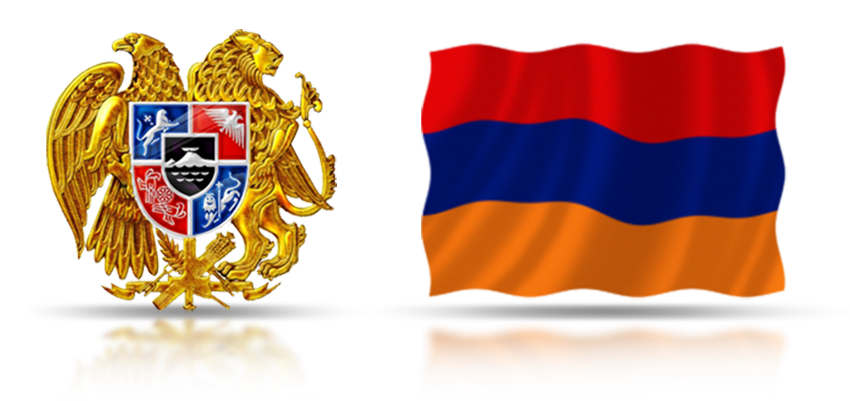




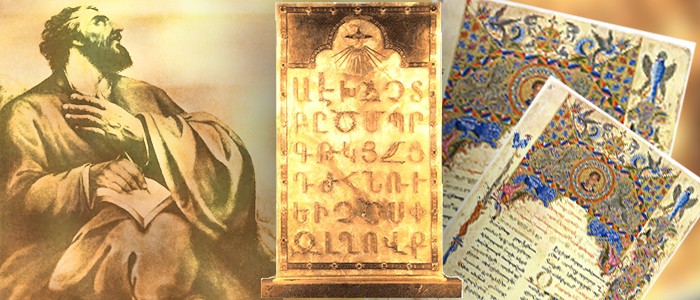
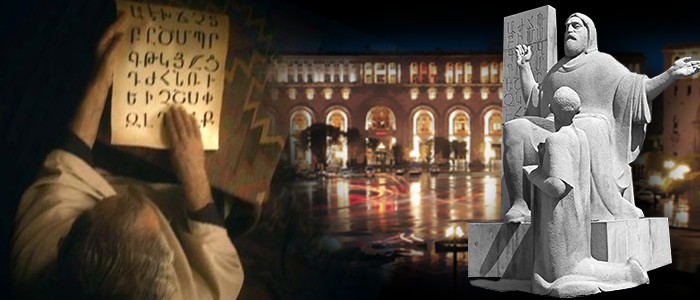
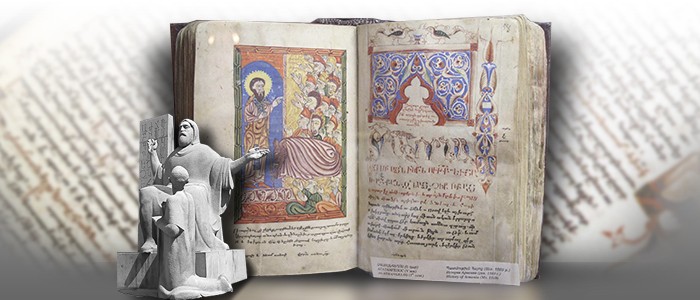
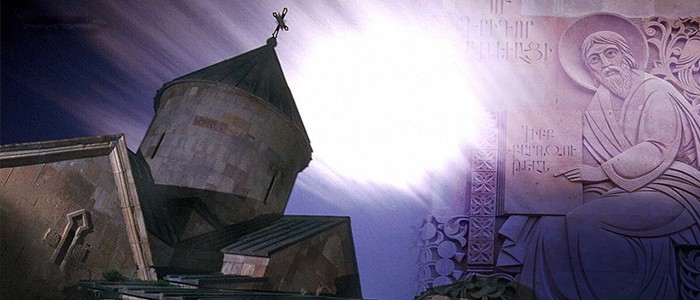
 1
1 2
2 3
3 4
4


